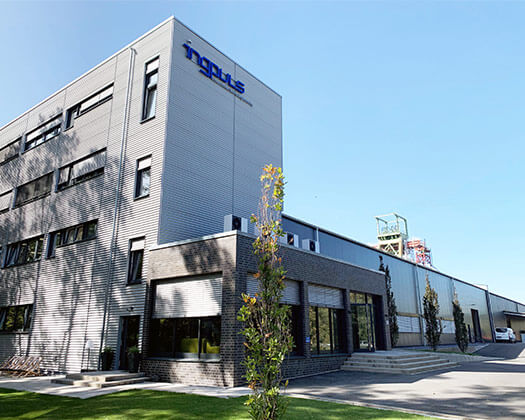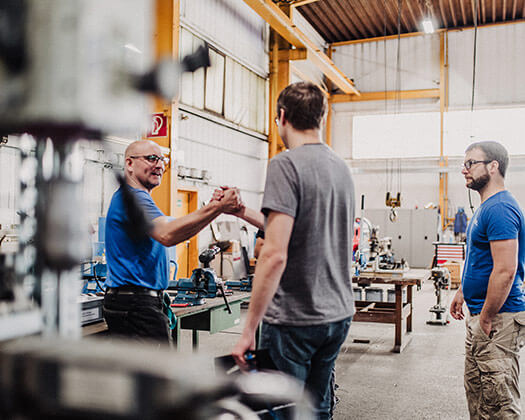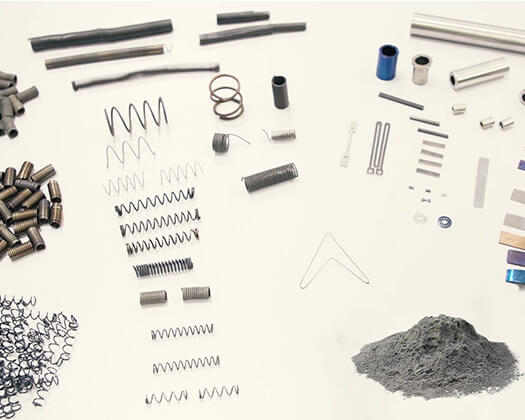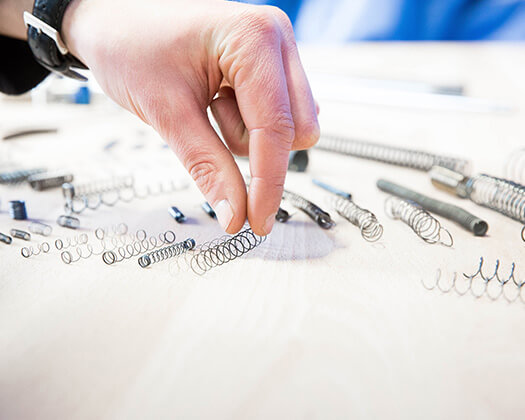In industry, shape memory alloys can be used as both passive and active SMA. The wide variety of industrial applications offers both challenges and opportunities, which are advanced by shape memory alloys. Passive shape memory alloys in industry Particularly in the area of temperature-induced regulations, passive shape memory alloys can offer relevant added value for






